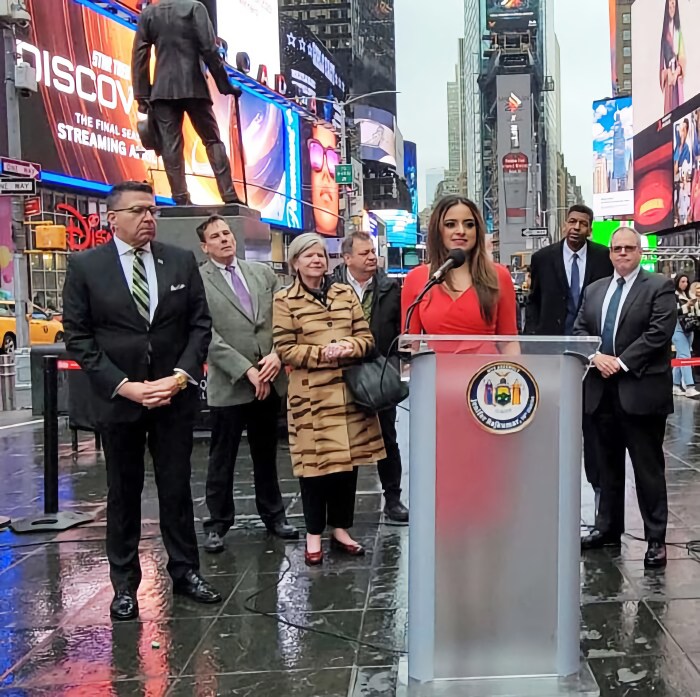Within minutes of walking off the plane, I stopped an employee at Edmonton’s airport to ask for directions. Learning I had just arrived from Toronto, she welcomed me to Alberta — and asked if I came looking for work. “We need people,” she said, hoping I could help ease the labour shortage in Canada’s fastest growing province.
If you’re tempted to come here, you’ll have no trouble finding a job. Instead of listing the latest specials, store signs may indicate the wages offered to new workers.
You will have more trouble finding a place to live — housing can be scarce and expensive. And judging by the transit systems in Edmonton and Calgary, you may also need a car.
The oil boom has brought great wealth to Albertans, and many are spending it on suburban homes and new autos. Governments here are also devoting a lot of money to upgrade the transit networks of the province’s two largest cities, but they have a real challenge keeping up with sprawl.
A scan of the listed bus frequencies across Edmonton reveals many routes with service every 30 to 60 minutes outside of rush hour. Unless you are lucky enough to both live and work near the city’s single light rail line or a busy bus route, you’ll want to drive.
While not as effusively rich as Calgary, Alberta’s capital has a buzz to it. New housing developments crowd around the northern end-station of the 11-stop Light Rail Transit (LRT) line. A new southern terminus has just opened, amidst a forest of construction cranes at the rapidly expanding University of Alberta.
Despite running directly beneath downtown Edmonton, the LRT is apparently underused. That may change with an ambitious scheme to extend the line much farther south in the next few years, with transit-friendly development planned near at least one stop.
New funds may help the bus network too, including possible express routes to landmarks like the huge West Edmonton Mall. Having waited ten minutes aboard a bus at a stop halfway between downtown and the mall, I suspect regular riders would appreciate rapid-bus service sooner rather than later.
Although the city’s streetcar network died in 1951, Edmonton still has electric trolley buses, which local advocates are trying to save from being replaced. Tourists can also enjoy two historical tram rides, including the High Level streetcar which travels by bridge from downtown to the Old Strathcona area. Fort Edmonton Park, a fascinating recreation of the city’s past, features trams that once plied the streets of Toronto.
Get details about the Edmonton Transit System via www.takeets.comand the city’s historical trams at www.edmonton-radial-railway.ab.ca.
| background |
|
















